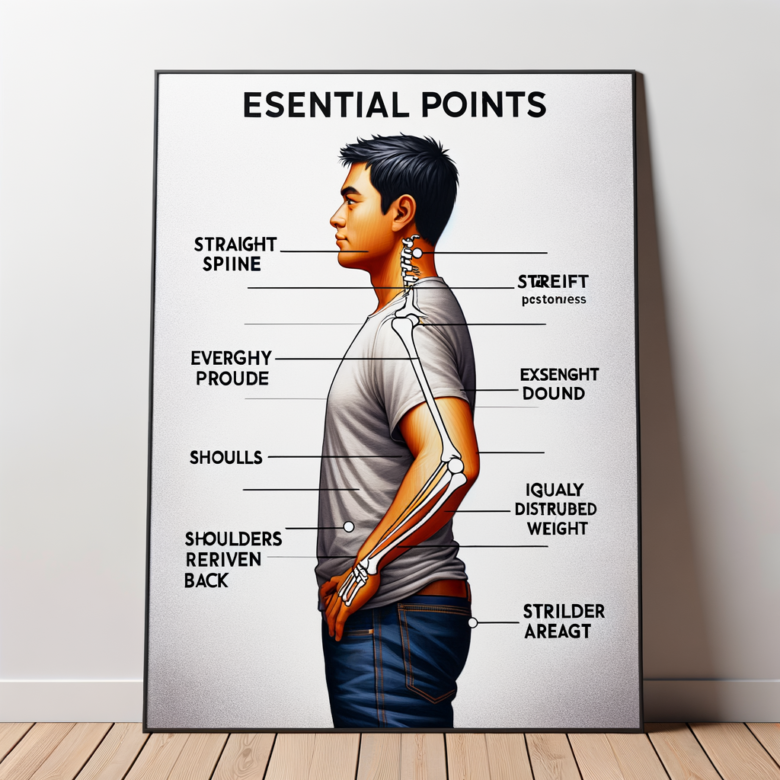Poor posture is a common problem that affects people of all ages and backgrounds. In this article, we will explore the importance of maintaining good posture, the consequences of poor posture, and practical tips for improving your posture.
The Consequences of Poor Posture
Bad Habits Lead to Health Issues
Many of us spend hours hunched over desks or staring at screens, unaware of the toll our posture takes on our bodies. Poor posture can lead to a wide range of health problems, including back pain, neck pain, headaches, and even digestive issues. It can also negatively impact your overall well-being and confidence.
Understanding Posture Types
Identifying the Culprits
To improve your posture, it’s crucial to understand the different types of poor posture. Common problems include slouching, forward head posture, and rounded shoulders. Recognizing these issues is the first step towards correcting them.
The Science Behind Good Posture
The Body’s Balance
Proper posture is not just about looking good; it’s about how your body functions. Improve posture ensures that your body is aligned correctly, reducing the strain on your muscles and joints. It allows your body to distribute weight evenly, preventing wear and tear on specific areas.
Tips for Improving Posture
Practical Steps for Better Posture
Improving your posture requires consistency and effort. Here are some tips to help you get started:
- Posture Awareness: Pay attention to your posture throughout the day.
- Ergonomic Workspace: Set up your workspace to promote good posture.
- Stretch and Strengthen: Incorporate exercises and stretches into your daily routine.
- Regular Breaks: Take short breaks from sitting to reset your posture.
- Use Posture Aids: Consider using posture-correcting devices if necessary.
Ergonomics and Posture
The Importance of Workplace Ergonomics
If you spend a significant amount of time working at a desk, ergonomic considerations are crucial. Adjust your chair, keyboard, and monitor to support good posture. Proper ergonomics can significantly impact your posture and overall comfort.
Posture and Pain Relief
A Path to Pain Relief
For many, improving posture can lead to a reduction in pain. By correcting posture-related issues, you can alleviate back and neck pain, headaches, and muscle tension. Real-life stories of individuals who found pain relief through posture correction serve as motivating examples.
Posture and Confidence
The Power of Confidence
Good posture isn’t just about physical health; it can also boost your confidence. When you stand tall and project confidence through your body language, you’ll feel more self-assured in various social situations.
Posture in Different Life Stages
Adapting to Different Stages of Life
Good posture is essential at every age. Children, adults, and seniors can all benefit from maintaining proper posture. Specific advice is provided for each age group, taking into account their unique needs and challenges.
The Role of Technology in Posture
The Digital Age Challenge
In today’s digital age, technology plays a significant role in our lives. However, excessive screen time can lead to poor posture. Learn how to reduce the negative impact of technology on your posture.
Consistency and Patience
Stay Committed to Your Posture Journey
Improving your posture is a long-term commitment. Be patient with yourself and stay consistent in your efforts. Remember that small changes can lead to significant improvements over time.
Conclusion
In conclusion, good posture is essential for maintaining overall health, confidence, and well-being. By understanding the consequences of poor posture, learning about different posture types, and implementing practical tips, you can make significant strides towards posture perfection. Start today, and reap the benefits of a healthier and more confident you.


